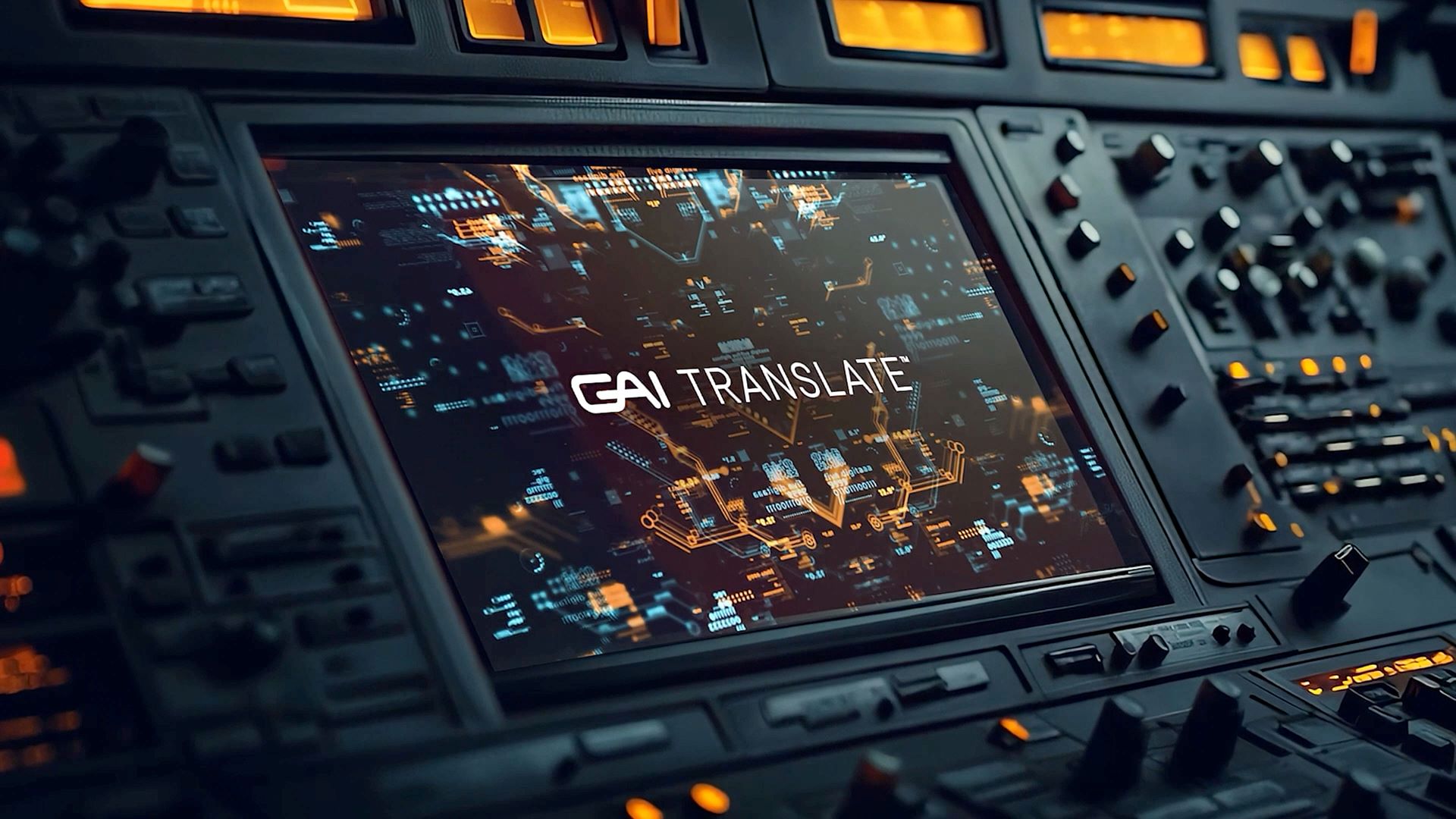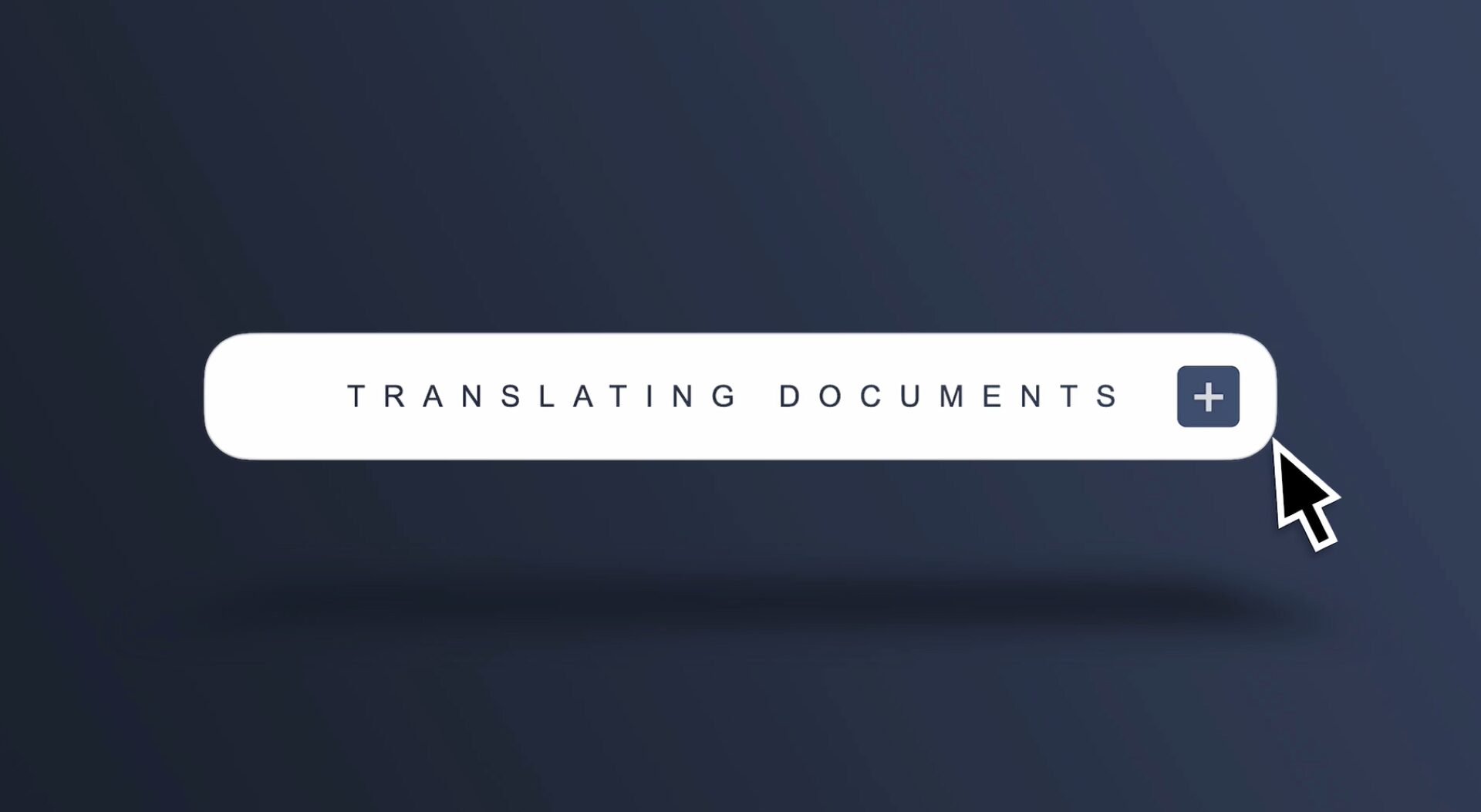With the increasing demand for fast and accurate translations, post-editing machine translations has become popular. Yet many organisations overlook the benefits of pre-editing source text before it gets to the machine translation stage.
Pre-editing is an opportunity to optimise machine translation workflows. By following best practices and tailoring pre-editing to each project, businesses can get more accurate, consistent, and culturally relevant translations.
What is pre-editing?
Pre-editing means preparing the source text before it goes into a machine translation system. This step is key to improving the quality of the first machine translation output and reducing post-edit time.
Machine translation pre-editing tips
- Simplify language: Use plain language with standardised terminology to help machines produce more accurate translations. Avoid complex sentence structures and ambiguous phrases to reduce errors.
- Be consistent: Consistent use of terms and phrases in the source text will produce more uniform translations. Pre-editors should make sure the source material follows a controlled language or style guide.
- Resolve ambiguities: Resolving ambiguities in the source text before translation will prevent machines from misinterpreting. This might mean clarifying pronoun references, disambiguating homonyms, or adding context where necessary.
- Consider culture: Pre-editing can also mean adapting content to the target culture which will help machines produce translations that are more culturally relevant and easier to post-edit.
What is machine translation post-editing?
Benefits of pre-editing
Investing in pre-editing delivers several advantages that improve both translation quality and efficiency:
- Higher accuracy: By refining the source text, organisations can significantly enhance the accuracy of machine-generated translations, reducing mistranslations and misinterpretations.
- Reduced post-editing workload: Fewer errors in the machine translation output mean less time and effort spent on post-editing, speeding up overall turnaround times.
- Cost savings: Pre-editing minimises the need for extensive post-editing, leading to lower costs associated with human review and revision.
- Greater consistency: Ensuring uniform terminology and structure at the pre-editing stage results in more coherent translations, especially for large-scale projects.
- Better cultural relevance: Addressing cultural nuances before translation helps produce content that resonates more effectively with target audiences, reducing the need for major adjustments later.
- Improved workflow efficiency: Integrating pre-editing as a standard practice streamlines the translation process, reducing errors early on and improving overall productivity.
Pre-Editing Process
The pre-editing process involves several steps that help to prepare the source text for machine translation.
Here is an overview of the pre-editing process:
- Source text analysis: The pre-editor analyses the source text to identify potential issues, such as grammatical mistakes, ambiguities, and inconsistencies.
- Text adaptation: The pre-editor adapts the source text to the MT engine’s requirements, making changes to syntax, terminology, and style as needed.
- Spell and grammar checking: The pre-editor checks the source text for spelling and grammar errors, correcting them to ensure accuracy.
- Term consistency verification: The pre-editor verifies that terminology is consistent throughout the source text, ensuring that the MT engine can accurately translate it.
- Format checking: The pre-editor checks the format of the source text, ensuring that it is compatible with the MT engine’s requirements.
- Quality control: The pre-editor reviews the adapted source text to ensure that it meets the required quality standards.
Getting the most out of pre-editing
To get the most from machine translation, pre-editing should be seen as part of the translation process, not as an optional extra. By investing time and effort in refining the source text before it goes into the machine translation system, organisations can improve translation quality, reduce post-edit workload, and increase overall efficiency.
Get in touch to discuss your pre and post machine translation editing needs.
SHARE THIS ARTICLE
RELATED RESOURCES
How GAI Translate™ learns
Does your translation tool improve itself? Let’s face it: as languages evolves, your translation tools should too. With GAI Translate™ we've built a system that learns and adapts with every...
2 MIN READ
How to manage custom glossaries with GAI Translate
This is part three of our series on how you use GAI Translate. In this post, accompanied by a video we'll show you how to manage custom glossaries to maintain...
1 MIN READ
How to translate text and documents with GAI Translate
This is part two of our series on how you use GAI Translate. In this post, along with the accompanying video, we'll show you how to translate text and documents...
1 MIN READ
How GAI Translate™ learns
Does your translation tool improve itself? Let’s face it: as languages evolves, your translation tools should too. With GAI Translate™ we've built a system that learns and adapts with every...
2 MIN READ
How to manage custom glossaries with GAI Translate
This is part three of our series on how you use GAI Translate. In this post, accompanied by a video we'll show you how to manage custom glossaries to maintain...
1 MIN READ




